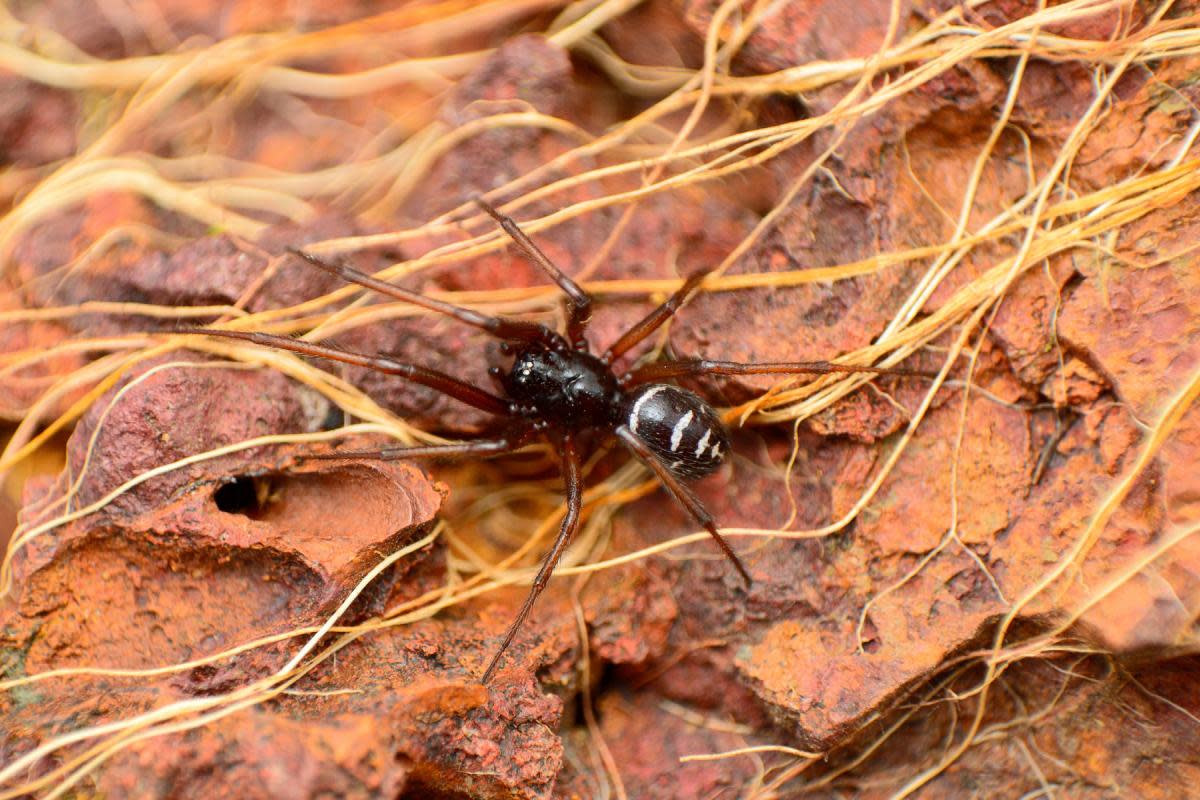Map reveals every sighting of the venomous false widow spider in the UK

The UK is home to many creepy crawlies, from the common daddy long-leg spider, scientifically known as the Pholcidae to the Cave spider and the quick-moving Jumping spider.
But away from the harmless and more common spiders that are often found in homes, are the rare and often scarier spiders for those that have a fear of the arachnid kind.
Including the false widow spider (Steatoda), more commonly known as one of the UK’s most venomous spiders and has a likeness to the deadly black widow (Latrodectus).
While their name might make you think the false widow is related to the deadly variation, they are relatively harmless according to the National History Museum.
Despite their harmlessness, many Brits are not a fan of species with many going as far to share their sightings on a national map.
A male false widow spider. (Image: PA)
Every UK sighting of a false widow spider in the UK
The map, created by iNaturalistUK sees members of the public that spot a false widow share their observations so the scientists can help build up their data and research on the species.
You can take a look at the map via the website here.
The map shows that most of the UK’s false widows are often seen within the south of the UK, with only a few spotting across Scotland and the North of England.
The area with the highest recordings is the capital, London with dozens of sightings seen in the last two years alone.
Other areas with high sightings of false widows are the midlands, with Birmingham and Coventry having a high record with one of the most recent sightings of the spider in February of this year.
RECOMMENDED READING
BBC researcher confirms tarantulas inhabit these parts of UK
How to spot a false widow spider?
False widow spiders are fairly easy to see with a distinctive set of markings across their abdomens that are a “narrow white or lighter band around the front of the abdomen towards their head, and also other markings that vary by species” according to the Natural History Museum.
They add: “Females have a globular shiny abdomen, while male abdomens are smaller and less rounded, but are more clearly marked.
“Their webs are a tangle of criss-cross threads which may become quite dense in the centre if left undisturbed.”

 Yahoo News
Yahoo News 
